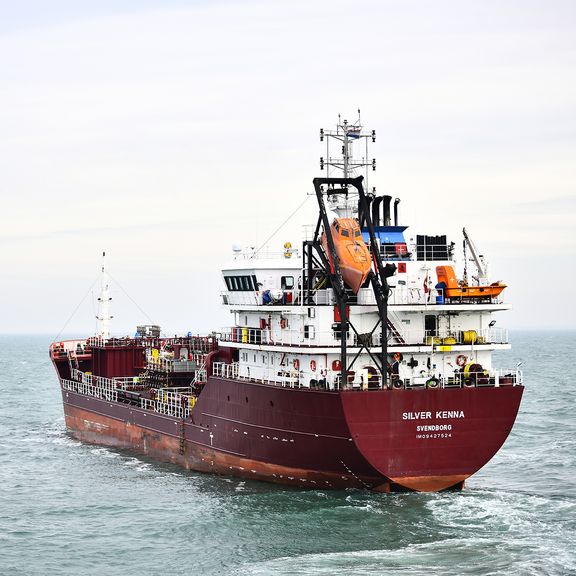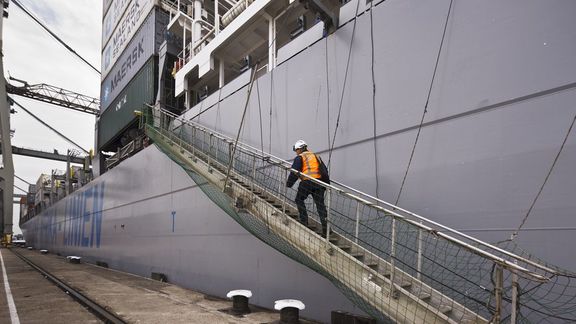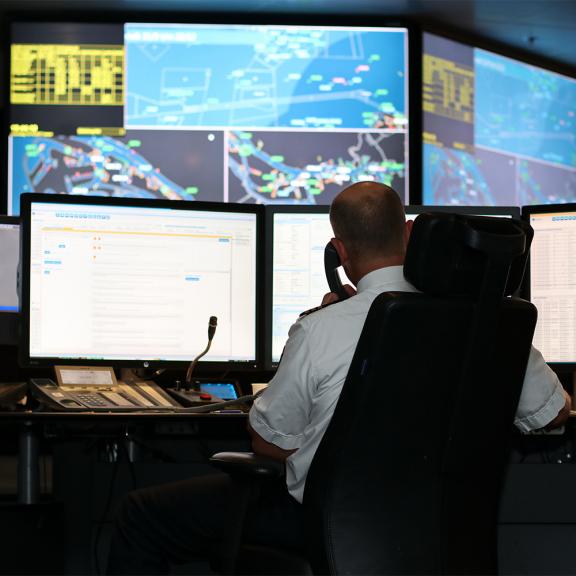
Ballastwaterconvention
The Ballast Water Convention entered into full force on 8 September 2024 and applies to all seagoing vessels carrying ballast water. These vessels must carry a certificate, an approved management plan and a ballast water record book.
The purpose of the Ballast Water Convention is to prevent the intentional or unintentional introduction of alien or new species of organisms into the aquatic environment. These organisms are carried in ballast water on board seagoing vessels and can cause significant and harmful changes to the aquatic environment. Vessels should start treating their ballast water or otherwise prevent the movement of organisms.
Exceptions
The convention is not applicable for:
• Vessels without ballast tanks
• Vessels taking in and discharging ballast water at the same location
• Vessels not making international voyages
Treating ballast water
From 8 September 2024, vessels must have their ballast water treated before discharging it for loading as per the Convention’s D-2 standard. It is no longer permitted to change ballast water (D-1 standard).
Another exception is allowed: if vessels need to take in ballast water in so-called ‘challenging’ waters, there are other options. The conditions for this are set out in MEPC Circular MEPC.387(81).
De-ballasting
If the system is not working properly, the ship’s captain should alert the ILT (PSC) as soon as possible through the ship’s agent, or the Harbour Coordination Centre. The sooner the authorities are informed, the sooner a solution can be found to avoid or minimise any delays to the ship’s schedule.
Enforcement by Port State Control
From 8 September 2024, the ILT (Port State Control) will provide enforcement in line with the procedures of the Paris MOU.
Flyer
MORE INFORMATION
The Human Environment and Transport Inspectorate has a handy Q&A for more information.

More information? Contact:
